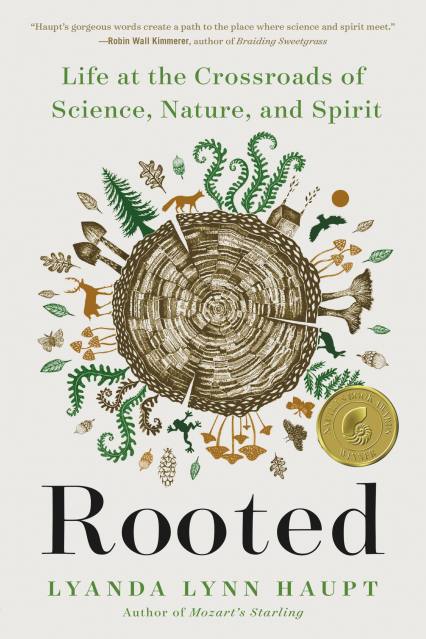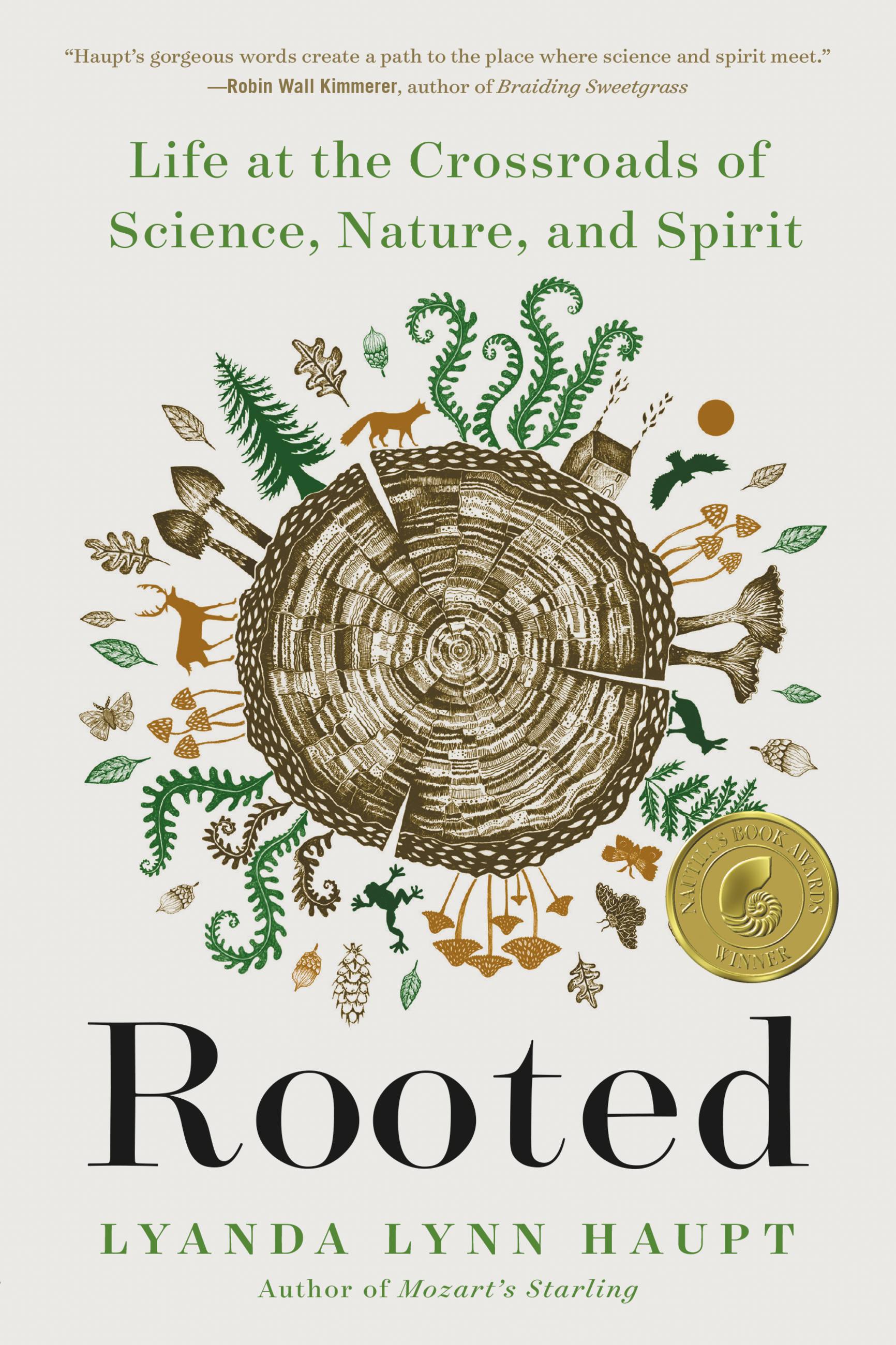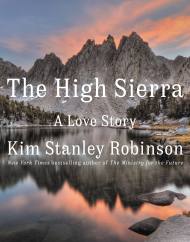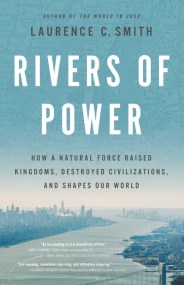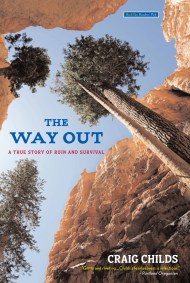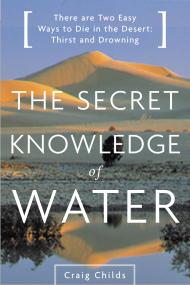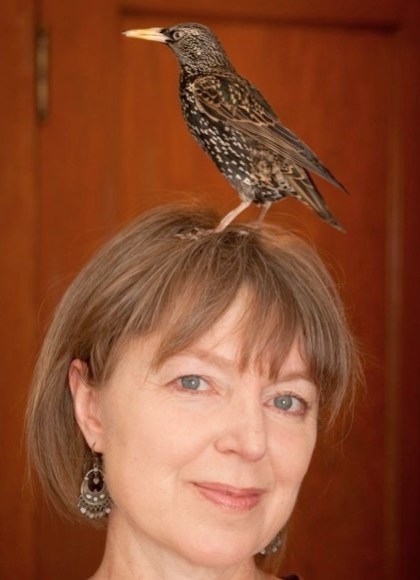Promotion
Use code MOM24 for 20% off site wide + free shipping over $45
Rooted
Life at the Crossroads of Science, Nature, and Spirit
Contributors
Formats and Prices
Price
$11.99Price
$15.99 CADFormat
Format:
- ebook $11.99 $15.99 CAD
- Hardcover $28.00 $35.00 CAD
- Audiobook Download (Unabridged) $18.99
- Trade Paperback $18.99 $24.99 CAD
This item is a preorder. Your payment method will be charged immediately, and the product is expected to ship on or around May 4, 2021. This date is subject to change due to shipping delays beyond our control.
Also available from:
NATIONAL BESTSELLER
Deepen your connection to the natural world with this inspiring meditation, "a path to the place where science and spirit meet" (Robin Wall Kimmerer).
In Rooted, cutting-edge science supports a truth that poets, artists, mystics, and earth-based cultures across the world have proclaimed over millennia: life on this planet is radically interconnected. Our bodies, thoughts, minds, and spirits are affected by the whole of nature, and they affect this whole in return. In this time of crisis, how can we best live upon our imperiled, beloved earth?
Award-winning writer Lyanda Lynn Haupt’s highly personal new book is a brilliant invitation to live with the earth in both simple and profound ways—from walking barefoot in the woods and reimagining our relationship with animals and trees, to examining the very language we use to describe and think about nature. She invokes rootedness as a way of being in concert with the wilderness—and wildness—that sustains humans and all of life.
In the tradition of Rachel Carson, Elizabeth Kolbert, and Mary Oliver, Haupt writes with urgency and grace, reminding us that at the crossroads of science, nature, and spirit we find true hope. Each chapter provides tools for bringing our unique gifts to the fore and transforming our sense of belonging within the magic and wonder of the natural world.
Deepen your connection to the natural world with this inspiring meditation, "a path to the place where science and spirit meet" (Robin Wall Kimmerer).
In Rooted, cutting-edge science supports a truth that poets, artists, mystics, and earth-based cultures across the world have proclaimed over millennia: life on this planet is radically interconnected. Our bodies, thoughts, minds, and spirits are affected by the whole of nature, and they affect this whole in return. In this time of crisis, how can we best live upon our imperiled, beloved earth?
Award-winning writer Lyanda Lynn Haupt’s highly personal new book is a brilliant invitation to live with the earth in both simple and profound ways—from walking barefoot in the woods and reimagining our relationship with animals and trees, to examining the very language we use to describe and think about nature. She invokes rootedness as a way of being in concert with the wilderness—and wildness—that sustains humans and all of life.
In the tradition of Rachel Carson, Elizabeth Kolbert, and Mary Oliver, Haupt writes with urgency and grace, reminding us that at the crossroads of science, nature, and spirit we find true hope. Each chapter provides tools for bringing our unique gifts to the fore and transforming our sense of belonging within the magic and wonder of the natural world.
Genre:
-
"A personal series of short meditations, very intimate. I put this book in the kind of tradition or sharing the spirit of Robin Wall Kimmerer’s great book Braiding Sweetgrass."Richard Powers, New York Times
-
"With her deep intuition and expansive attention as our guides, Lyanda Haupt’s gorgeous words create a path to the place where science and spirit meet. It’s a barefoot path that wanders through solitudes and into community with frogs, moose, orca, and our own wildness."Robin Wall Kimmerer, author of Braiding Sweetgrass
-
"Radiant with reverence, sparkling with surprises, and brimming with insight, Rooted is a lyrical and intimate handbook on how to live a mindful, joyful, fruitful life in harmony with our sweet green earth."Sy Montgomery, author of How to Be a Good Creature
-
"Bold, lucid, lyrical, wise. In Rooted, Lyanda Lynn Haupt re-imagines and rediscovers connectedness, exploring our relationships to nature through the rhythms of daily life. A timely, and though-provoking read."Thor Hanson, author of Buzz and The Triumph of Seeds
-
"Exquisite, deceptively simple, lustrous with enigma and pulsing with ache, practical, humble, and honest: Rooted nourishes the wild earth struggling to breathe within us and all around us."David Abram, author of Becoming Animal: An Earthly Cosmology
-
“Rooted is luminous and living proof of its own central premise: that all things are connected, and that activism and creativity can be a powerful combination. Part philosophical and personal exploration, part environmental manifesto, written with a gloriously poetic sensibility, Rooted feels like a literary love child of Rachel Carson and Mary Oliver. Find yourself a quiet place, preferably under a tree, and let Lyanda Lynn Haupt teach you how to embrace the “tangled empathy” of living not as a dominant species, but as one of many.”Erica Bauermeister, New York Times bestselling author of The Scent Keeper and House Lessons
-
“An extraordinary guide to wonder and belonging. Shattering dualities—science/spirit, dark/light, human/nature—Haupt leads us into the delicious presence of the living Earth. In a time of isolation and fragmentation, her many insights are beautiful and much-needed invitations to wholeness and connection.”David Haskell, author of The Forest Unseen and The Songs of Trees
-
“A masterful melding of the mystical and the material. A great read.”Bernd Heinrich, author of White Feathers and Racing the Clock
-
“Lyanda Lynn Haupt is a nature mystic, which is to say a now rare but entirely normal human who never lost touch with her innate rootedness in the greater web of life. An enchanting and lyrical writer, she celebrates in graceful prose her viscerally experienced kinship with frogs and forests, whales and wind, snakes and starlings. In Rooted, she swings open the gateway hidden in plain sight, the wild portal that beckons us onto the braided barefoot pathway where we might learn again ‘how to live on our broken, imperiled, beloved earth’ — if we dare to wander into that magic. There’s nothing more urgent and there’s no one more gifted at conjuring and illuminating the trail.”Bill Plotkin, PhD, author of Soulcraft, Wild Mind, and The Journey of Soul Initiation
-
“From barefooted forest walks to the curiosities of what becomes of us when we die, Rooted challenges readers to reconsider their relationships to the natural world. Part-manifesto, part-love note, this exploration of wild connections inspires and delights.”Caroline Van Hemert, author of The Sun is a Compass
-
“An elegant tapestry of poetry and science, of personal narrative and communal prophesy, this beautifully written book is drenched in wonder. It is a celebration of interconnectedness and belonging, a wild sacrament, a love song to life.”Mirabai Starr, author of Caravan of No Despair and Wild Mercy
- On Sale
- May 4, 2021
- Page Count
- 256 pages
- Publisher
- Little Brown Spark
- ISBN-13
- 9780316426473
Newsletter Signup
By clicking ‘Sign Up,’ I acknowledge that I have read and agree to Hachette Book Group’s Privacy Policy and Terms of Use
